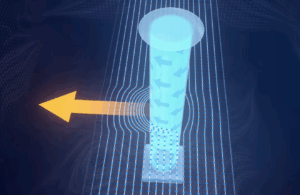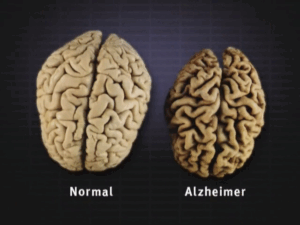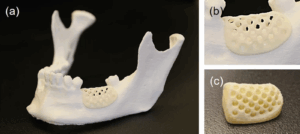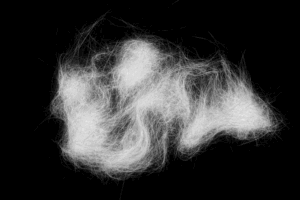How bionic prosthetics allow patients to regain full movement and feeling in their limbs
Losing a limb brings many worrisome questions into patients’ lives. How do I walk and run? How can I shake someone’s hand? Can I still play the same sport I’ve been playing my entire life? While traditional prosthetic limbs have only answered a few of these questions, modern prosthetics are moving towards a full solution; they have almost replicated the functions of a limb.
The most essential function of a limb is movement. Whether it is your leg walking or your fingers moving in complex orientations, the movement of every limb serves a key function. One way that modern prosthetics have been able to integrate with the body is by reading the nervous signals that are produced by muscles at the prosthetic’s attachment point (1). Although some muscles get removed when patients are amputated, the leftover muscles can be repurposed and retrained to control a new limb (1). A sensor on the nerve can then decode these signals and convert them into movement through a computer chip (2). The sensor is an electrode that wraps around the nerve to detect when there is activity using a circuit (5). At MIT, researchers aim to train these remaining muscle movements to control a prosthetic leg. Patients can intuitively walk up stairs and slopes with this new prosthetic (2). At the University of Michigan, a similar solution has been implemented for hand movement (3). Researchers have studied the signals of leftover muscles by having patients try to move their non-existent hands into specific positions. These signals have been analyzed to determine the best way to connect them to a new bionic hand. Thanks to these efforts, patients can imagine they are moving their missing hand freely, and a robotic hand will mimic the intended motion as if it were their own (3). This movement is much more natural and helpful than older prosthetics that, for example, could only open and close a hook.
A bionic leg Produced at MIT.
https://wp.technologyreview.com/wp-content/uploads/2024/06/sub_fig1a.jpg?fit=756,1012
Losing a limb also removes one of the five senses: touch. Arguably one of the most important senses, touch is responsible for feeling texture, temperature, vibration, and pain. A prosthetic limb will not truly replace a missing limb unless it accounts for all of these senses. Recent advances in bionic hands, however, have brought the desired senses back to amputees. The bionic limbs themselves detect tactile information when they come in contact with an object. This feeling is then sent back to the body through the electrodes that wrap around nerve endings to produce sensations such as vibrations or tightening (4). The same process can be used to feel when the prosthetic is moving. For example, when a hand is opening or closing, small vibrations are sent to the arm, mimicking how it actually feels to move a hand around (1). These technologies have transformed prosthetics from clunky objects to robotic appendages that feel like a true extension of the body.
Advancements in the prosthetic industry continue to evolve, allowing amputees to feel more like their old selves. What once seemed like a life-changing circumstance can now be almost completely solved. As time passes, scientists around the globe will work together to create innovative prosthetic limbs that will soon surpass the functions of the original limb.
Bibliography:
- U.S. Department of Health and Human Services. (2024, June 17). Bionic movements. National Institutes of Health. Retrieved from https://newsinhealth.nih.gov/2018/08/bionic-movements
- Ward, S. (2024, July 3). People can move this bionic leg just by thinking about it. MIT Technology Review. Retrieved from https://www.technologyreview.com/2024/07/01/1094459/bionic-leg-neural-prosthetic/
- Mind control prosthesis. Spotlight. (n.d.). Retrieved from https://spotlight.engin.umich.edu/mind-control-prosthesis/
- DelViscio, J. (2024, February 20). A robot hand helps amputees “feel” again. Scientific American. Retrieved from https://www.scientificamerican.com/article/a-robot-hand-helps-amputees-feel-again/
- Nerve cuff electrode. Nerve Cuff Electrode – an overview | ScienceDirect Topics. (n.d.). Retrieved from https://www.sciencedirect.com/topics/engineering/nerve-cuff-electrode#chapters-articles
















Comments are closed.